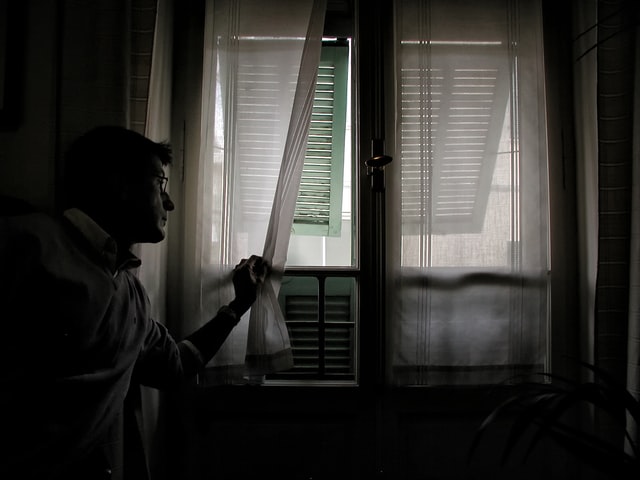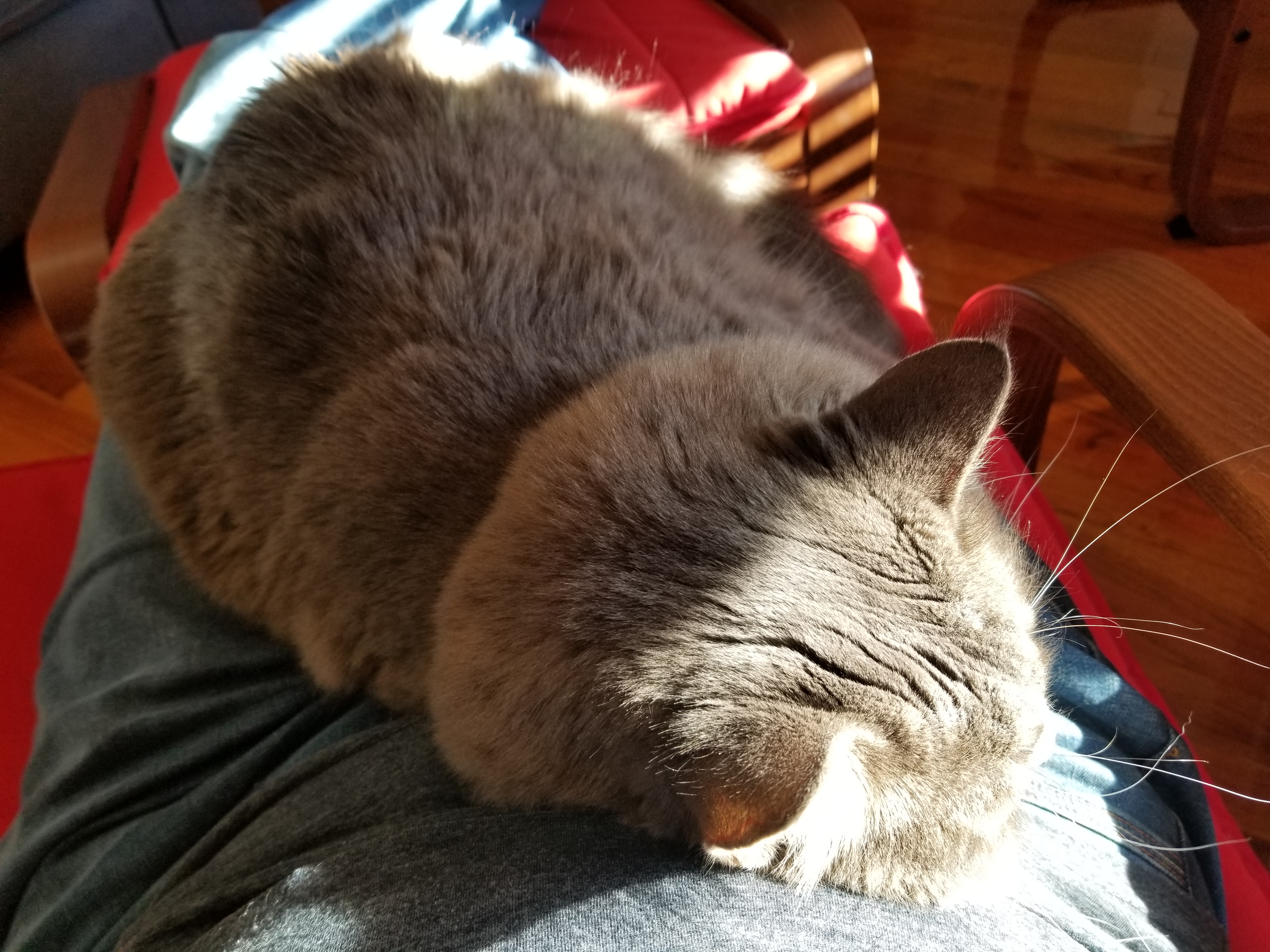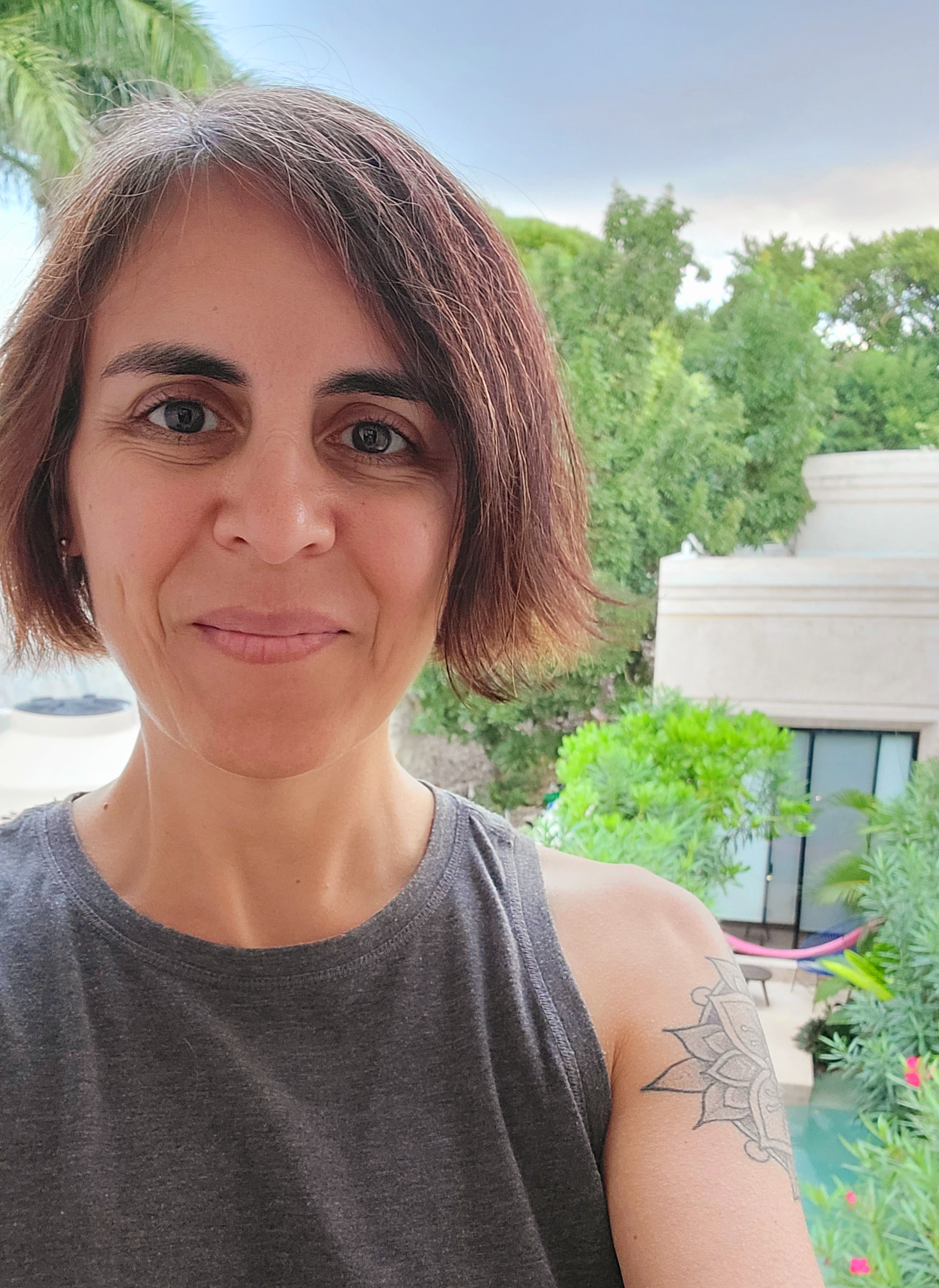Six years ago this month, I was admitted to a psychiatric ward for the first time. In many ways I was at the peak of my life – successful at my career, serving on government commissions and boards of directors, loved by my family – yet outside success was not translating to inside peace.
My mental health has always been a bit fragile. I’ve accordingly been in therapy and on medications for PTSD and depression for over three decades. But In 2016 I couldn’t manage it anymore. Inside I was unraveling. Hallucinations were frequent. Suicidal thoughts were near-constant. Emotions and memories from the past were bubbling up. The worse things felt, the more desperately I threw myself into my outward success. I couldn’t stop to deal with my feelings.
And then I had no choice. After describing to my psychiatrist how I felt and what I wanted to do, I was admitted to the hospital. My depression was so severe I could barely function. I could no longer eat. I had lost over twenty pounds in a few weeks. I wasn’t sleeping. I was rarely bathing. I was no longer running from my emotions – I simply felt dead inside.
I was inpatient for several weeks, while they tried more medication changes and eventually started electroconvulsive therapy (ECT). Over the next two and a half years I was hospitalized a dozen times, had 37 ECT treatments, tried on new psychiatric medications in various combinations, and became more and more hopeless.
I asked for help anyway.
Eventually, a combination of things came together to help me crawl out of that hole. While I did need medications, they were only a small part of the solution. I was reintroduced to Dialectical Behavioral Therapy (DBT), was connected with my local community health center, and became very involved with a NAMI Connection support group.
I also decided to seriously complete a Wellness Recovery Action Plan (WRAP). WRAP was invented by a group in Vermont led by Mary Ellen Copeland, and is a tool to help people with mental health challenges prevent crisis by identifying their own early warning signs and planning coping strategies to deal with them as they arise.
As I created by WRAP it became clear that my biggest early warning sign is avoidance of emotions. I find it very hard to deal with my feelings, particularly sadness and grief. When I feel sad, I also feel sheer terror. I will do almost anything to avoid those feelings.
Still.
Since completing my WRAP I have known that I can’t run from my emotions, but sometimes I still do. I’ve been feeling especially sad lately – mostly old crud – and don’t want to run. I don’t want to feel, either, so I’ve been sitting on the fence, kind of hoping that the feelings will just go away on their own.
They’re not.
Yesterday I talked about this in the Invincible Hope community – my private group on Facebook for women healing from trauma. I committed to getting off the fence, by sitting with the sadness a little bit, and said I’d share about it in today’s blog post.
I did sit with my sadness, letting the ugly warmth wash over me. I sobbed, only for about ten seconds, and then the fear took over. Darkness rolled in first as tunnel vision, and then complete blackness. Sobbing stopped. I didn’t pass out, but when I could see again, I felt nothing. No sadness, but no relief or joy either. There was nothing.
As I reflect today on this experience, I don’t see it as failure. I jumped off the fence. I stopped waiting for it to change. I may have still retreated into numbness, but it was not my conscious choice. That is a step in the right direction.
I’ve done it once. I will make this choice again. And again. I will make this choice repeatedly until one day I am able to release this grief and fear, and step beyond it, back into the place where joy lives.
I have hope, and it is invincible.
To learn more about WRAP and how it can help you, go to https://www.wellnessrecoveryactionplan.com/













